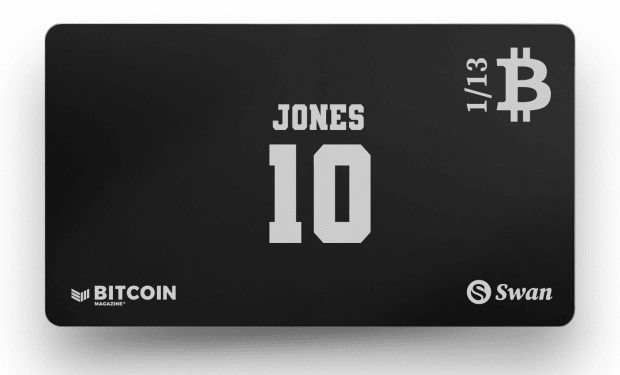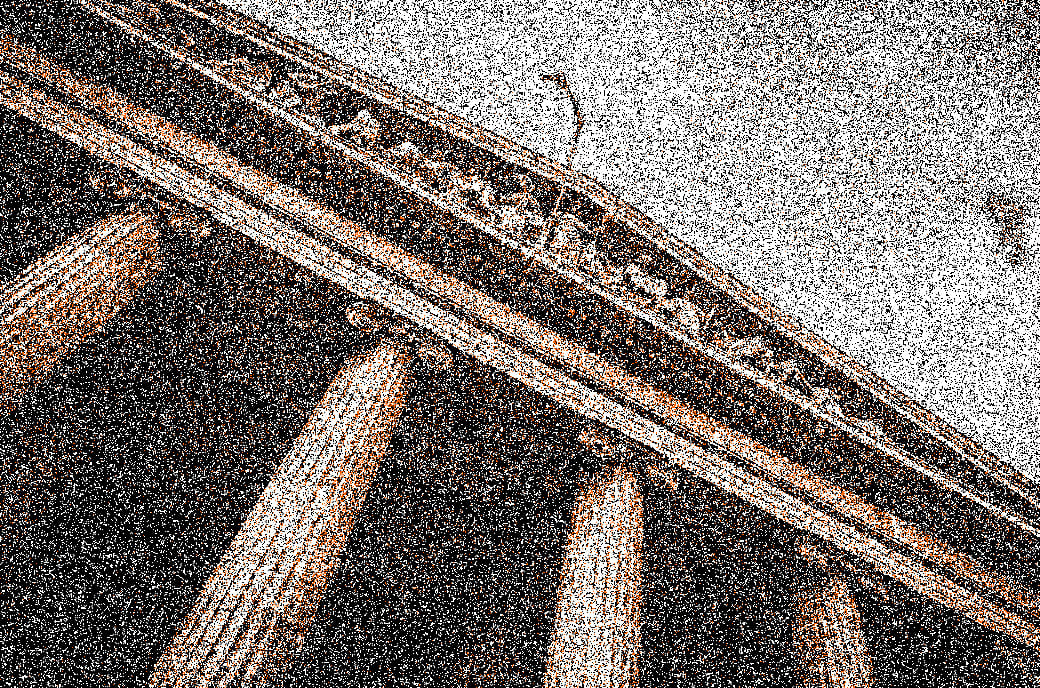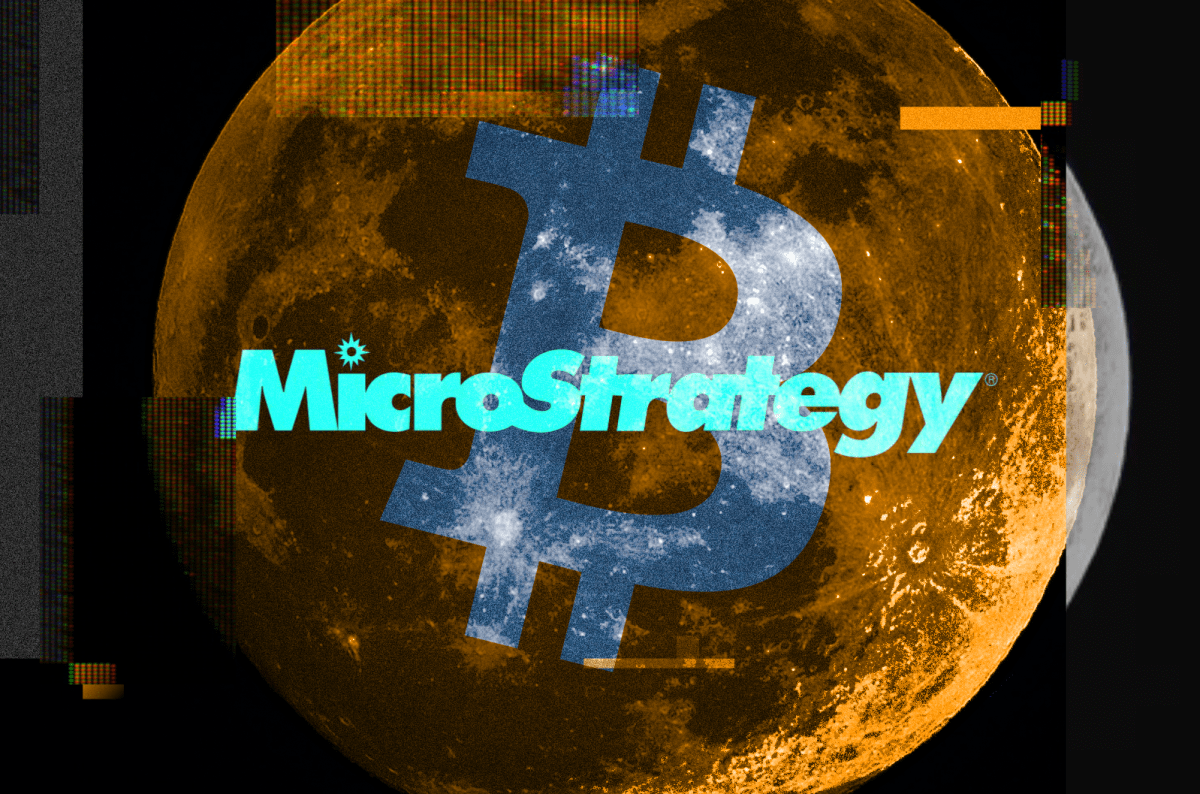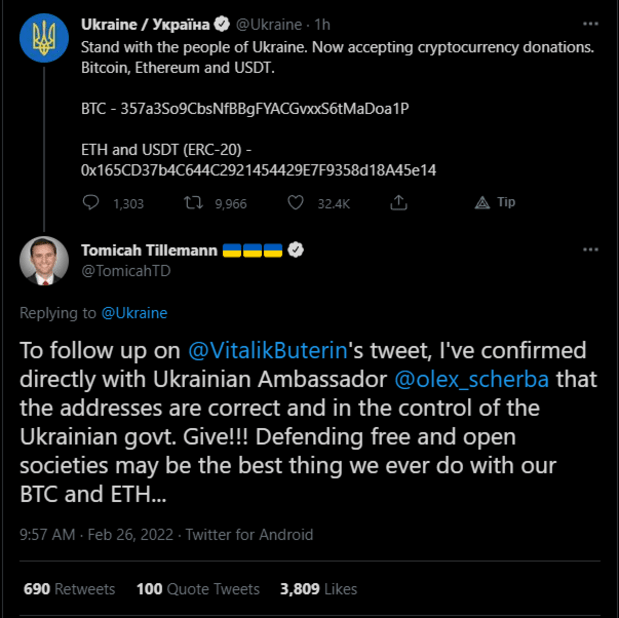Bitcoin’s Fair Launch Makes It An Apex Form Of Property
Unlike other cryptocurrencies, bitcoin was not premined and is in unique regulatory position to serve as property for institutions and individuals.
Bitcoin is the world’s most secure and most decentralized cryptocurrency — but its fair launch is perhaps one of the most poorly-understood aspects of its history and one of the things that makes it so decentralized and unique.
Many altcoins will typically use a launch mechanism called “premining,” which is the creation of a quantity of blockchain-based tokens or coins prior to a cryptocurrency being made public. This is common practice in the world of centralized venture capital projects and initial coin offerings (ICOs).
Bitcoin Had No Premine
Bitcoin’s launch was not premined, and its pseudonymous creator, Satoshi Nakamoto, orchestrated a carefully-planned release that was instrumental to bitcoin being seen as a commodity in the eyes of regulators. The U.S. Commodity Futures Trading Commission (CFTC) has even published a brochure on Bitcoin, which states that it is a regulated commodity.
On October 31, 2008, Nakamoto published the Bitcoin white paper on the cypherpunk mailing list. Two months later, on January 3, 2009, Nakamoto mined the genesis block of the Bitcoin network and set in motion a force that would forever change the world. On January 8, 2009, Nakamoto emailed the cypherpunk mailing list, announcing Bitcoin’s public release.
To the untrained eye, the genesis block may seem like a premine. However, the 50 bitcoin mined in the genesis block are unspendable due to how the genesis block is expressed in the code. There is no possible way for Nakamoto to make a profit from the genesis block.
BitMEX Research has published analysis on the early mining era of Bitcoin and concludes that while “someone” mined 700,000 coins, and many assume this was Nakamoto, it officially remains unproven that it was they who mined these coins. The individual who did mine this vast amount of bitcoin is popularly referred to as “Patoshi.” Patoshi didn’t even “fast mine” bitcoin — analysis of the Bitcoin network shows that Patoshi actually throttled down their miners and it suggests that his miner intentionally shut itself off for five minutes after mining a block.
Furthermore, bitcoin circulated freely with no value for months after Bitcoin’s launch. This free-circulation period, prior to bitcoin having any real value, can no longer be replicated in today’s speculative environment. There will never be another fair launch like Bitcoin.
Finally, Nakamoto’s pseudonymity and eventual disappearance meant that there is no identifiable individual or company behind Bitcoin. There is no marketing team. There is no one to oversee and no one to haul into a court of law. Nakamoto never put their own interests first, thus avoiding this conundrum entirely.
Bitcoin As A Commodity Is Key
Why is this important? Within the context of a mature regulatory environment, it is ideal for bitcoin to be viewed by regulators as a commodity which can be owned as property.
A group setting aside any portion of token supply for its own benefit — or to give itself outsized influence over the network — is creating an unregistered security and is legally limiting its token to trading on registered and regulated securities platforms. Cryptocurrencies that are deemed to be unregistered securities are at risk of being delisted from unregistered cryptocurrency exchanges.
As Michael Saylor, CEO of MicroStrategy, has pointed out on many occasions, it seems Nakamoto was well versed in securities law and monetary ethics when he created Bitcoin.
“Founder’s equity is a security and would need to be sold to the public pursuant to relevant securities laws with disclosures. Pre-mined tokens held by a founding team engaged in pursuit of profit would likely cause regulators to view all the tokens as securities, not property…”
–Saylor
“You are allowed to compensate the founding team and early investors, but you are not allowed to represent those tokens as property or money. You need to treat them as securities subject to the same limitations & liabilities that come with traditional equity.”
–Saylor
Gary Gensler, who chairs the U.S. Securities and Exchange Commission (SEC), and his predecessor, Jay Clayton, have echoed this sentiment, as both have said every ICO is a security.
“I’m not going to get into any one token, but I think the securities laws are quite clear — if you’re raising money and the investing public, have a reasonable expectation of profits based on the efforts of others, that fits within the securities law.”
–Gensler
Saylor has also pointed out that public companies cannot hold securities as their treasury reserve assets. According to the “Investment Company Act of 1940,” a company that invests more than 40% of its assets in securities (less cash and government securities) would be considered an investment company. Holding commodities on the balance sheet doesn’t cause a company to become an investment company. Thus, a public company like MicroStrategy can hold as much bitcoin as it wishes, as its treasury reserve asset.
In the coming months, we are likely to see increased regulation on cryptocurrencies. Bitcoin’s fair launch was instrumental to it becoming a regulated commodity and makes it the clear choice as an apex form of property for individuals and institutions alike.
This is a guest post by Level39. Opinions expressed are entirely their own and do not necessarily reflect those of BTC Inc or Bitcoin Magazine.









